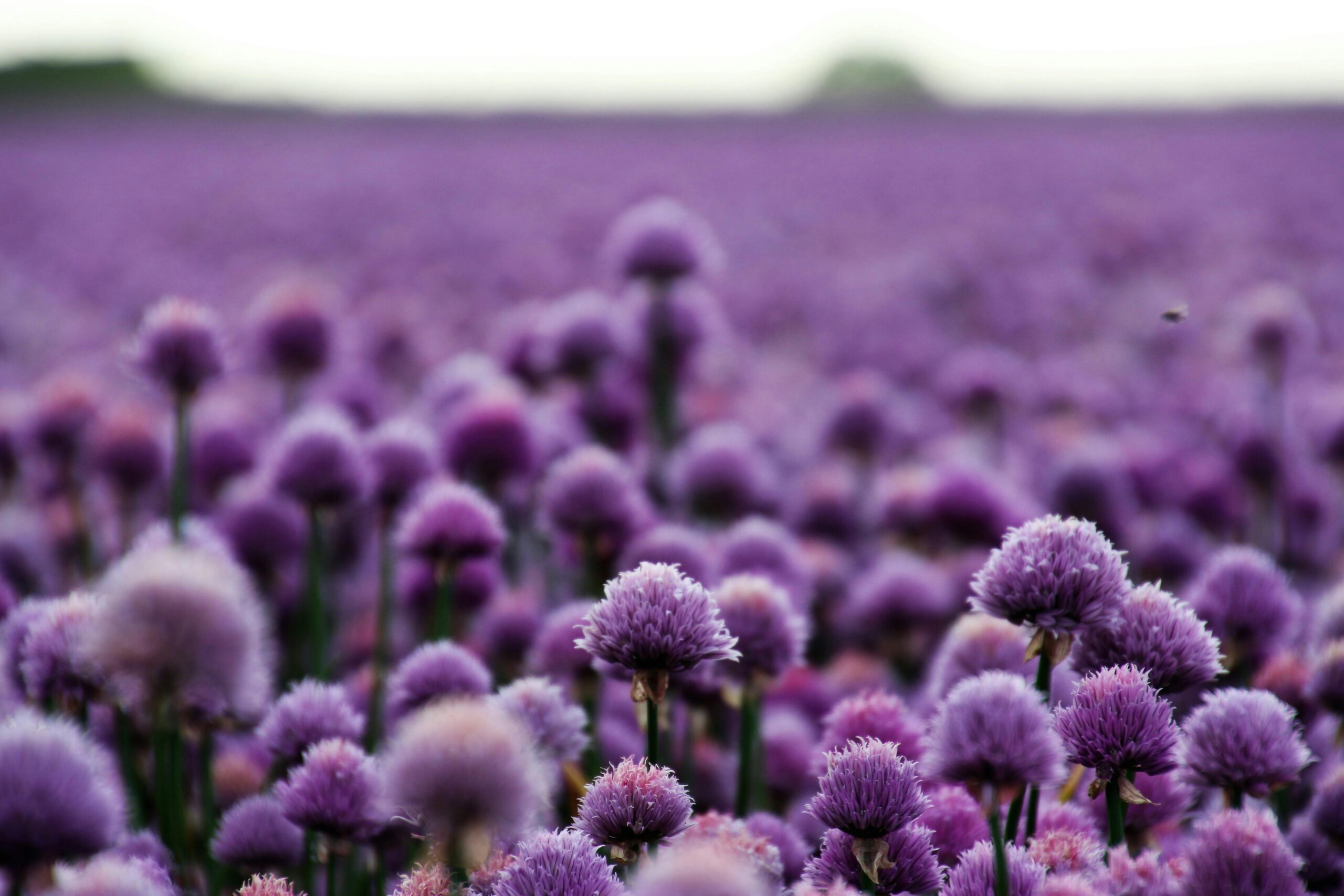(image credit: by Magda Ehlers)
Once reserved for emperors and the elite, the color purple has a rich and regal history that stretches back to ancient civilizations. Discover how this majestic hue earned its royal status—and why it used to be more valuable than gold.
The Color of Kings, Emperors, and Power
When you think of purple today, you might picture creativity, calmness, or even luxury branding. But if you were living in ancient Rome or Phoenicia, purple wouldn’t just be a color—it would be a status symbol more valuable than gold.
The origin of this exclusivity lies in a dye called Tyrian purple, which was extracted from the Murex sea snail. These snails were found only in a specific region around the Mediterranean, particularly near the city of Tyre (modern-day Lebanon). To produce just a single gram of this dye, thousands of snails had to be harvested and left to decompose under the sun, releasing a pungent substance that, once oxidized, turned into a rich, dark purple.
The production process was not only labor-intensive and time-consuming, but the smell was so bad that dye workshops were usually kept outside the city walls.
A Color for the Elite Only
Because of how rare and costly the dye was, only the wealthiest could afford it. In fact, purple garments were often more expensive than houses. Roman emperors wore entire togas dyed in purple, and under certain emperors, it was illegal for anyone else to wear it. Violating this rule was considered a direct challenge to the emperor’s authority—punishable by death.
The association between purple and power didn’t end in ancient Rome. Byzantine emperors, Catholic bishops, and even Queen Elizabeth I of England carried on the tradition of using purple as a mark of nobility and divine right.
Modern Purple: Still Royal, But Accessible
Today, purple is no longer rare, thanks to synthetic dyes. But it hasn’t lost its association with luxury, creativity, and uniqueness. It’s a favorite in branding for companies that want to appear imaginative (think Yahoo or Twitch), and it still carries an air of elegance and individuality in fashion and design.
So next time you see a splash of purple, remember—you’re gazing at what was once the most precious color in the world.


